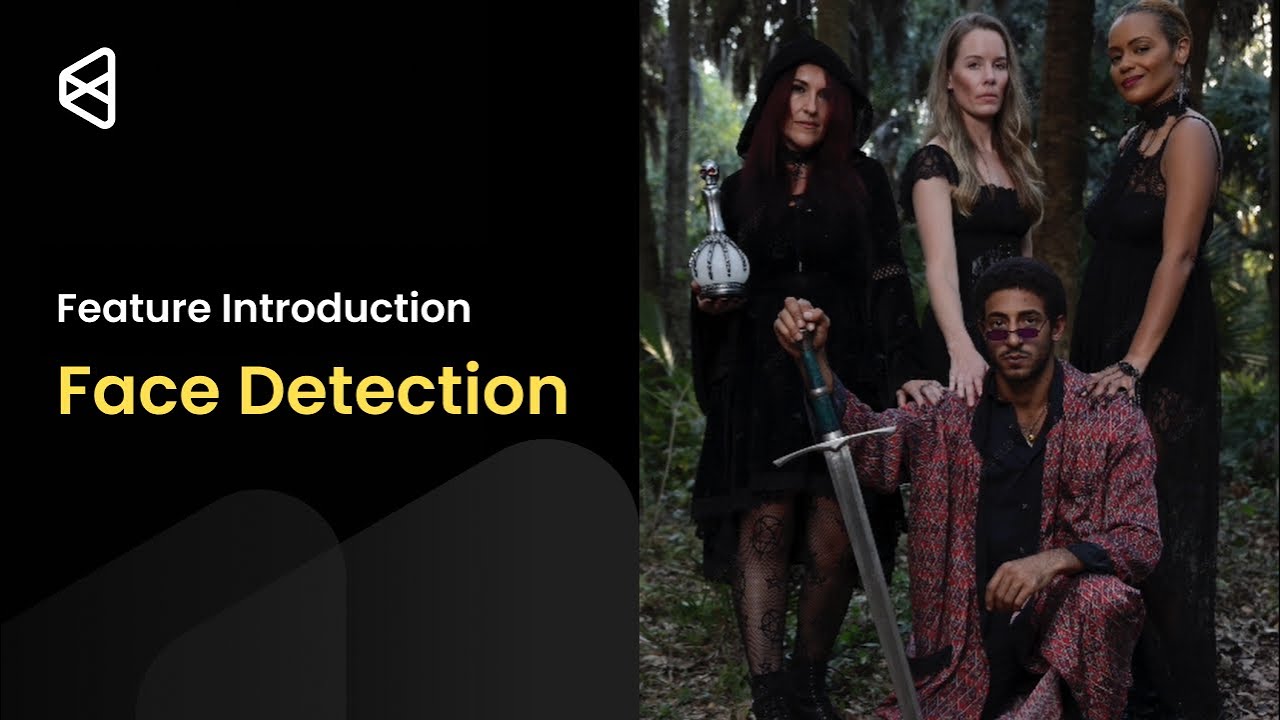Feature Introduction | Face Detection
Education

Introduction
In the realm of portrait retouching, the tools available for enhancing images have become increasingly sophisticated. This article delves into the functionality of a specific feature within this domain that aids in face detection and adjustment of attributes for different individuals captured in a photograph.
Portrait Retouching Overview
When you approach the retouching interface, you'll find options to categorize individuals in your image by gender and age - male, female, child, and elderly. By default, the settings factor in females, even in a mixed-gender context.
To illustrate how adjustments work, we start by selecting the female category. Upon doing so, any changes made to hair color affect all identified females in the image. Clicking on the smiley face icon assigns individuals correctly as female, male, or otherwise. Switching to male settings results in hair color changes specifically for the male individual.
The tool also includes a linking feature: an adjacent button connects the attributes of the male, female, child, and elderly labels together. Once linked, any modifications in appearance settings, such as hair color or texture, will apply across all selected individuals within that group. Clicking the back arrow next to the link portrait adjustments unlinks them, while the "All" button can re-establish that connection seamlessly.
Occasionally, the software might misidentify individuals based on hair length or style, leading to misclassification. The solution lies in the smiley face icon, where users can manually correct the designation of any wrongly identified individuals.
Individual Section Functionality
When navigating to the individual section, a numbering system is assigned to each person detected in the photo. You can either select directly on the face or use the sidebar for adjustments. During this process, it’s important to note that the detection system assesses all images in the project, not just those in the current photo, which is why numbering can jump (e.g., from 10 to 11) if individuals are recognized as duplicates.
In some instances, the tool may struggle to detect a face correctly, particularly in cases where a face is obscured. However, there’s a functionality to manually locate a face within the image. Users can drag a locator box over the intended face area. Once the area is successfully identified, adjustments can be accurately made to the skin and appearance attributes.
By following this procedure, users can navigate the complexities of portrait retouching with precision, ensuring more effective and satisfying results.
Keyword
- Portrait Retouching
- Face Detection
- Hair Color Adjustment
- Gender Classification
- Linking Features
- Individual Selection
- Manual Face Locating
- Image Detection
- Misidentification Correction
FAQ
1. How does the gender classification work in portrait retouching?
The tool defaults to female settings, allowing for adjustments to be made specifically for identified individuals of that gender. You can switch to male or other categories easily.
2. Can changes be applied to multiple individuals simultaneously?
Yes, using the linking feature allows for simultaneous adjustments across all linked categories, including male, female, child, and elderly.
3. What if a person is misidentified by the software?
Users can rectify any misclassification through the smiley face icon by manually changing the designation of an individual.
4. How do I locate a face when the automatic detection fails?
To assist with undetected faces, you can drag a locator over the intended face area in the editing interface. This will help the software recognize and allow for adjustments.
5. Can I unlink adjustments for individual portraits after linking?
Absolutely, you can unlink adjustments by clicking the back arrow next to the link portrait adjustments feature.

